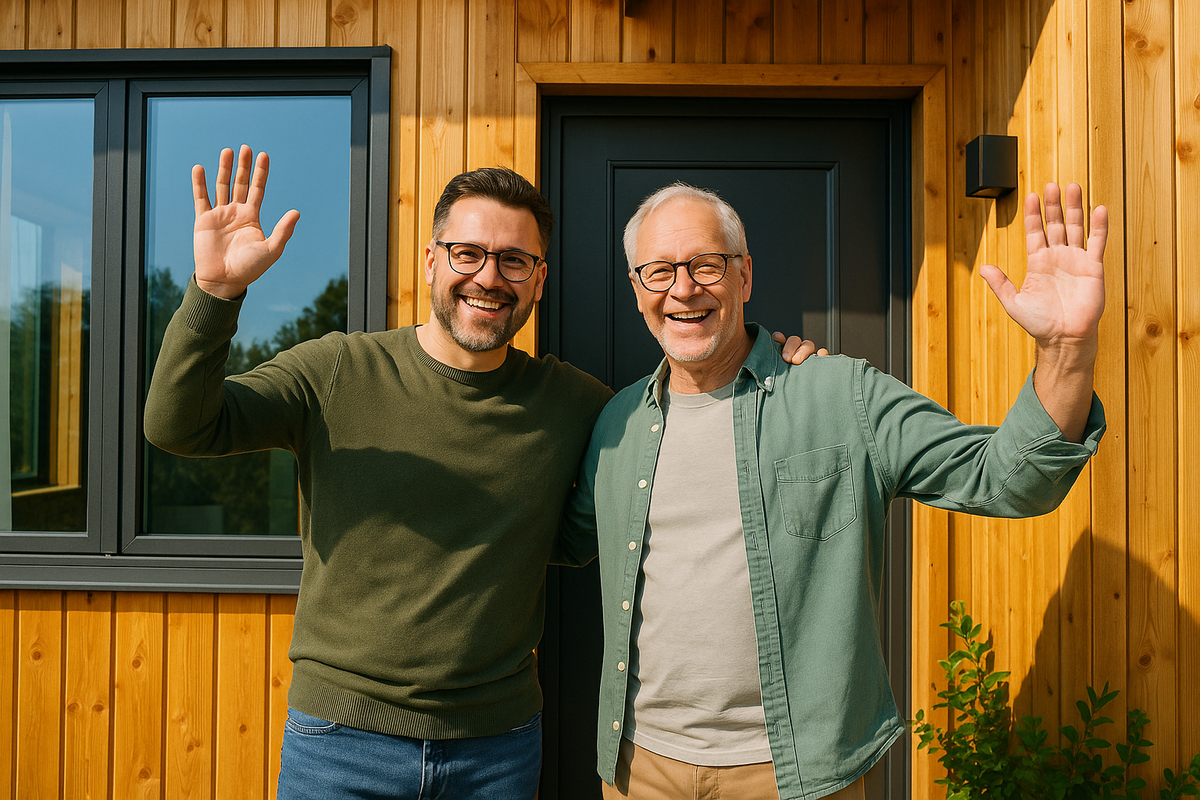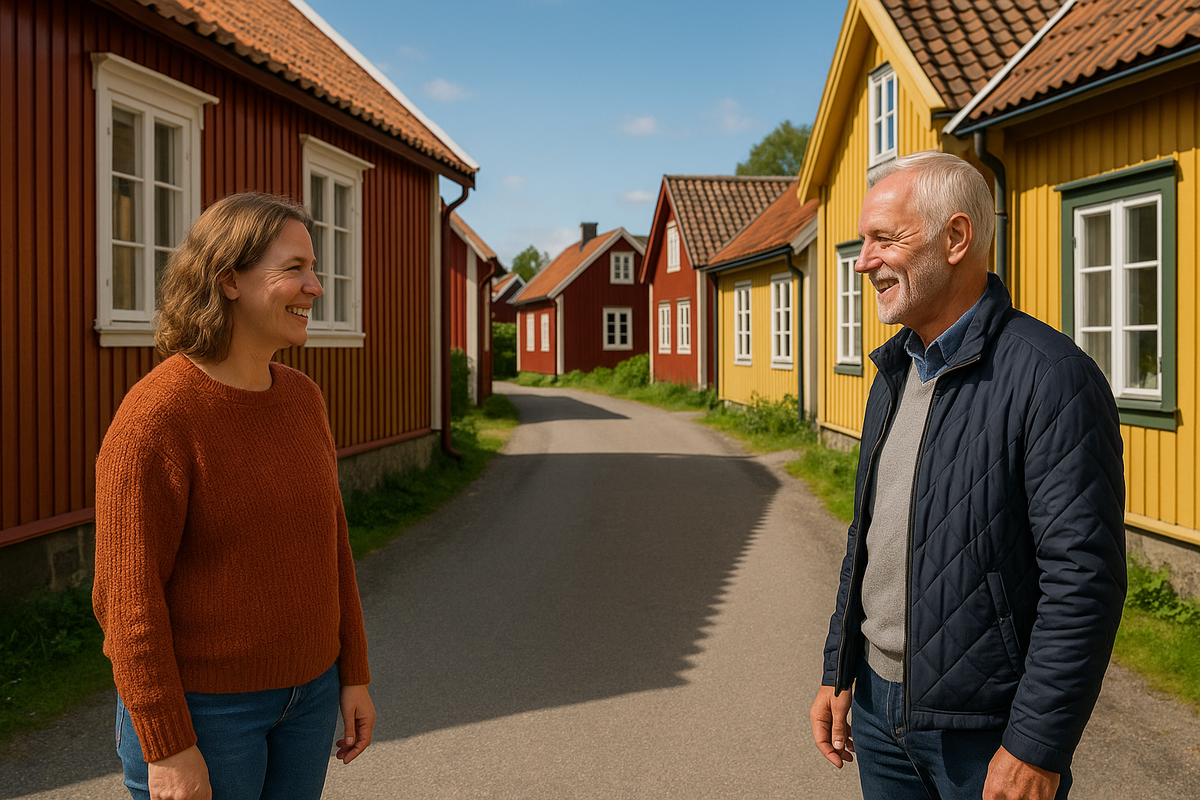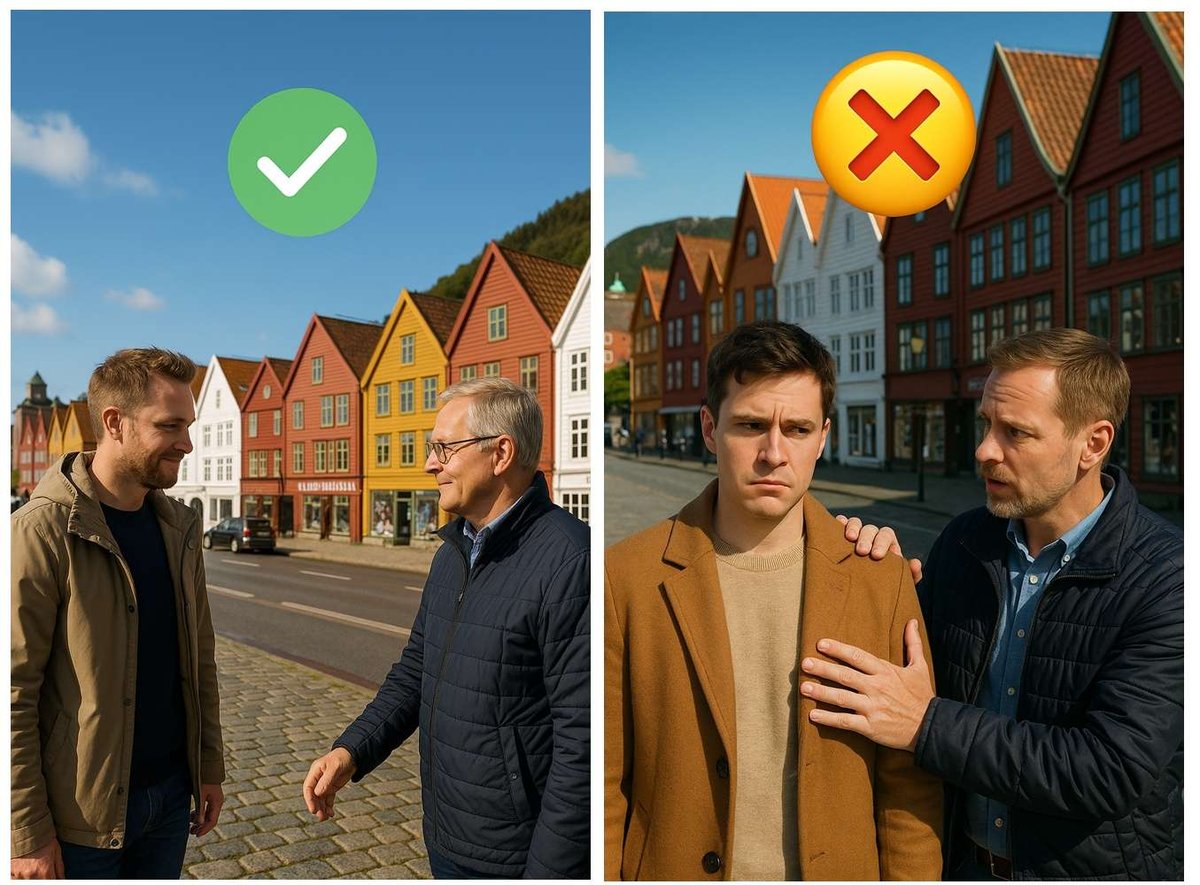🙌 How people greet each other in Norway: etiquette rules and traditions for communicating with locals
Greetings are an important part of any communication, and each country has its own peculiarities. In Norway, where people are known for their reserve and respect for personal space, it is important to know how to greet people correctly so that communication begins on a comfortable note. In this article, you will learn about the basic rules of Norwegian greetings, how to behave when meeting new people, and what communication traditions exist in Norway. We will answer 10 popular questions from tourists in detail and provide useful links to blog sections: ‘Etiquette and Janteloven’, ‘Culture, history and traditions’, ‘Useful tips for tourists’.

❓10 FAQs about greetings and etiquette in Norway
1. How do people greet each other in Norway when they first meet?
When meeting someone for the first time, Norwegians usually greet each other with a handshake, accompanied by a simple greeting in Norwegian: ‘Hei’ (“hello”) or ‘God dag’ (‘good day’). The handshake is usually calm, but firm and short. Norwegians do not like overly long greetings and often avoid physical contact other than handshakes. When meeting someone for the first time, it is important to keep a little distance and not be too intrusive or emotional. If you are introduced to a group of people, it is customary to shake hands with each person and say your name. Remembering names and respecting personal space are considered signs of good manners and respect. You can find out more about traditions and etiquette in the section ‘Etiquette and Janteloven’.
2. Do Norwegians hug and kiss when greeting each other?
In Norway, hugs and kisses on the cheek as a greeting are much less common than in Southern European countries. Usually, such gestures are only acceptable among close friends and relatives. They are rarely used in public places and formal situations, especially when meeting someone for the first time. If a Norwegian greets you with a hug, it means that they like you and trust you. In other cases, it is better to stick to a handshake and a slight smile. For more information about cultural nuances in communication, see the section ‘Etiquette and Janteloven’.
3. What words are commonly used for informal greetings in Norway?
The most common words for informal greetings in Norway are ‘Hei’ (‘hello’), ‘Hallo’ (‘hello’) or “Heisann” (‘hi’).
These phrases are suitable for almost any informal situation: meeting neighbours, colleagues or acquaintances. Norwegians often use simple greetings without an additional question, such as ‘How are you?’ However, if a question is asked (‘Hvordan går det?’ or ‘Går det bra?’), it is usually a formality, and a long answer is not expected. It is enough to simply say, ‘Takk, det går bra’ (‘Thank you, everything is fine’). For more information on conversational etiquette, see the section ‘Culture, history and traditions’.
4. Do you need to give your name when greeting someone in Norway?
When meeting someone for the first time, it is customary to introduce yourself and give your name. The phrase sounds something like this: ‘Hei, jeg heter...’ (‘Hello, my name is...’). Norwegians usually remember names the first time they hear them and use them in subsequent encounters; this is considered polite and respectful to the other person. If you are not sure that you have been remembered, say your name again when you meet again. In formal situations, it is common to add your surname, while in informal situations, your first name is sufficient. The rules of etiquette are described in detail in the section ‘Etiquette and Janteloven’.
5. Is it considered polite to greet strangers in Norway?
In large cities in Norway, it is not customary to greet strangers on the street and may be perceived as unusual. However, in small towns, villages and in the countryside, it is quite normal and even desirable to greet people you meet with a slight nod, a smile or a brief ‘Hei!’. This is especially true when hiking or walking in national parks. Such behaviour emphasises friendliness and respect for others. You can read more about the differences in communication in cities and villages in the section ‘Useful tips for tourists’.

6. Is it customary to say hello in shops, cafes and other public places?
When entering small shops, cafes or restaurants, it is customary to greet the staff briefly. A simple ‘Hei’ or ‘Hallo’ is appropriate. If you are entering a large supermarket, shopping centre or other crowded place, it is not necessary to greet everyone, just greet the cashier or waiter when you come into contact with them. In hotels, it is always customary to greet the staff at the reception desk. For other rules of conduct in public places, see the section ‘Etiquette and Janteloven’.
7. How do Norwegians say goodbye to each other?
When saying goodbye, Norwegians usually use short phrases: ‘Ha det bra!’ (‘Take care!’), ‘Vi sees!’ (‘See you!’), or simply ‘Ha det!’ (‘Bye!’). These expressions are suitable for both formal and informal communication. If you are leaving a house after a visit, it is customary to thank your hosts again (‘Takk for meg!’ — ‘Thank you for your hospitality!’). Gestures and physical contact when saying goodbye are usually minimal; a handshake is acceptable. For more information on communication etiquette, see the section ‘Etiquette and Janteloven’.
8. How should you behave when greeting someone in a business setting?
In formal and business situations, a firm and confident handshake accompanied by eye contact is customary. It is important to clearly state your name and position. Be sure to greet each person you meet individually. Business communication takes place at arm's length, without excessive familiarity or emotion. For more information on business etiquette, see the ‘Work & Life’ section.
9. What gestures should be avoided when greeting someone in Norway?
Avoid standing too close, patting people on the shoulder, and being overly emotional. The ‘OK’ gesture or a raised thumb are rarely used and may be misunderstood in a formal situation. Try to be reserved and neutral. For more information, see the section ‘Useful tips for tourists’.

10. How do you greet representatives of the Sami culture?
The Sami people value respect for their culture and traditions. A short and respectful greeting is usually sufficient. For more information about Sami culture, see the section on Sami culture.
Knowing the nuances of greetings will make your trip to Norway comfortable and enjoyable, helping you to easily communicate with the locals!





1 comment
Log in to leave a comment